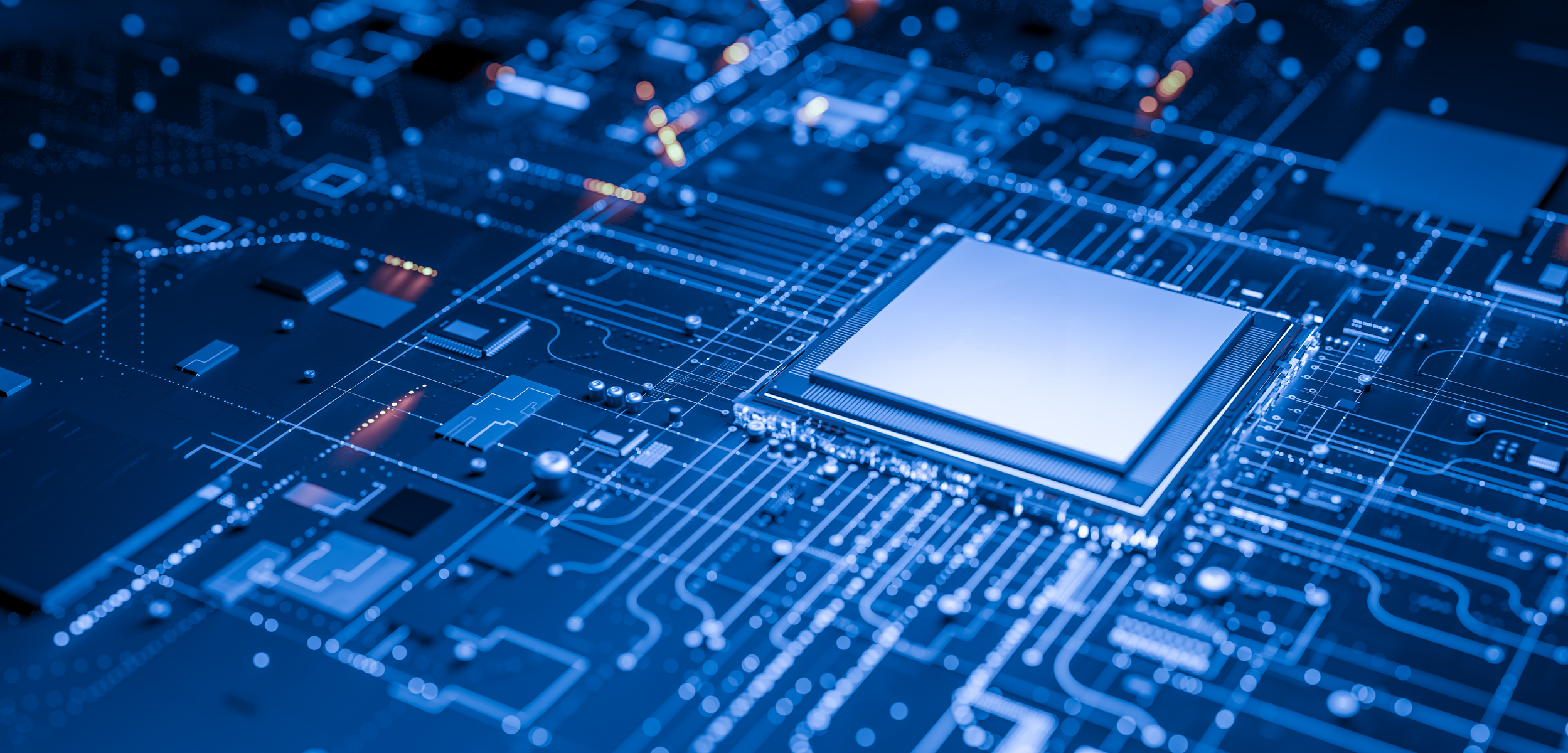Industry Currents: Securing Ultra-Pure Water for the Semiconductor Boom
The semiconductor industry is in the midst of a historic expansion. Fueled by demand for chips that power everything from AI and electric vehicles to defense and clean energy systems, fabrication facilities – or “fabs” – are being built at a pace not seen in decades.
But there’s a critical element driving every one of those production lines that’s often overlooked: water. In fact, the race to secure ultra-pure water (UPW) may be as important as the race to secure silicon itself.

Why Ultra-Pure Water Is Non-Negotiable
Semiconductor manufacturing requires extraordinary water quality. In the rinse, etch, and cleaning steps of wafer production, even the smallest impurity; a single particle, ion, or trace metal, can render an entire batch unusable.
A typical fab consumes 2–5 million gallons of water per day, with UPW accounting for as much as 70% of process requirements. After use, the same water becomes heavily contaminated with acids, solvents, and heavy metals, demanding advanced treatment before it can be discharged or reused.
As new fabs rise in regions like Arizona, Texas, Ohio, and upstate New York, the availability of clean water, and the ability to recycle it, has become a defining factor in site selection and long-term operational strategy.
Meeting Demand with Smarter Water Management
With major chipmakers and EPC firms under pressure to meet sustainability goals and local water limits, the industry is turning to new technologies that make UPW systems more efficient and closed-loop operations more achievable:
- High-Efficiency Membrane Systems: Modern RO and ultrafiltration designs recover more water at lower pressures, reducing energy use while meeting sub-parts-per-billion purity.
- Advanced Oxidation and Electro-Deionization (EDI): Ensure consistency across multi-stage fabrication lines. Ion Exchange Polishing: Advanced resins and continuous regeneration systems extend system uptime and cut chemical waste.
- Water Recycling and Recovery Loops: Treating rinse water for reuse, reducing total intake by up to 85% in some next-generation fabs.
These advancements are allowing fabs to produce more chips per gallon – but they require meticulous engineering and validation to integrate seamlessly with high-precision production environments.
The Bigger Picture: Sustainability Meets Scale
As the CHIPS Act and other global investments drive manufacturing resurgence, semiconductor water management is becoming a high-stakes balancing act.
Fabs that fail to anticipate water constraints risk costly delays in permitting or expansion. Communities are also increasingly vocal about water use transparency; especially in arid regions. Meanwhile, investors are tying access to capital to ESG performance, where water intensity is a core metric.
The takeaway: sustainability and scale can no longer be treated as competing priorities. The fabs that will thrive long-term are those designed with water reuse and recovery built in from the start.
SAMCO’s Perspective
At SAMCO, we partner with EPCs and semiconductor manufacturers to deliver high-performance UPW and wastewater treatment systems tailored to each site’s specific needs. From pre-treatment and polishing to recovery and reuse, our solutions help fabs secure reliable, compliant, and sustainable water management across every phase of production.
With decades of experience in complex industrial water systems, SAMCO helps customers turn water reliability into production stability. Explore our Semiconductor Projects to see how strategic water design keeps innovation flowing in this rapidly evolving sector.
